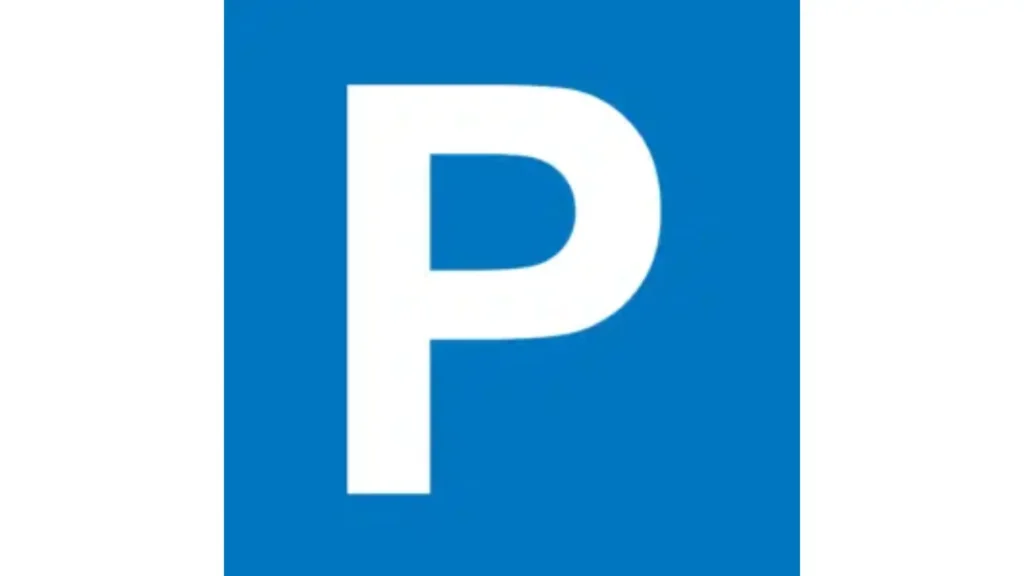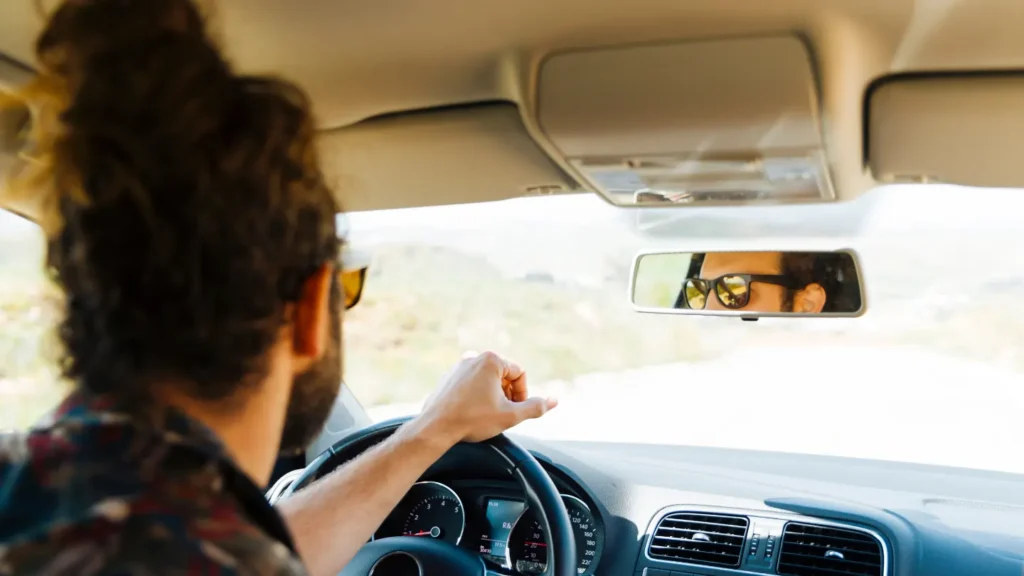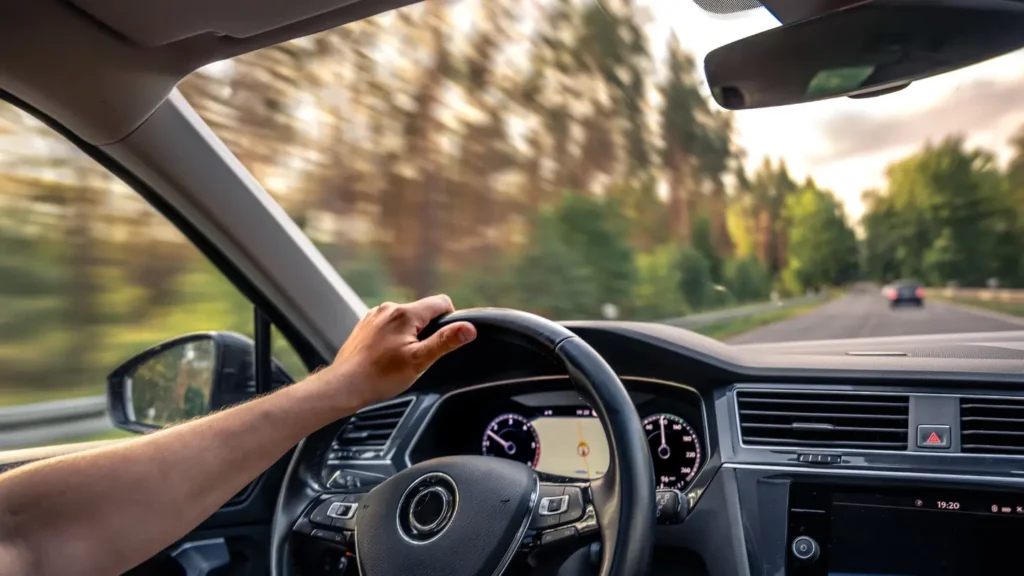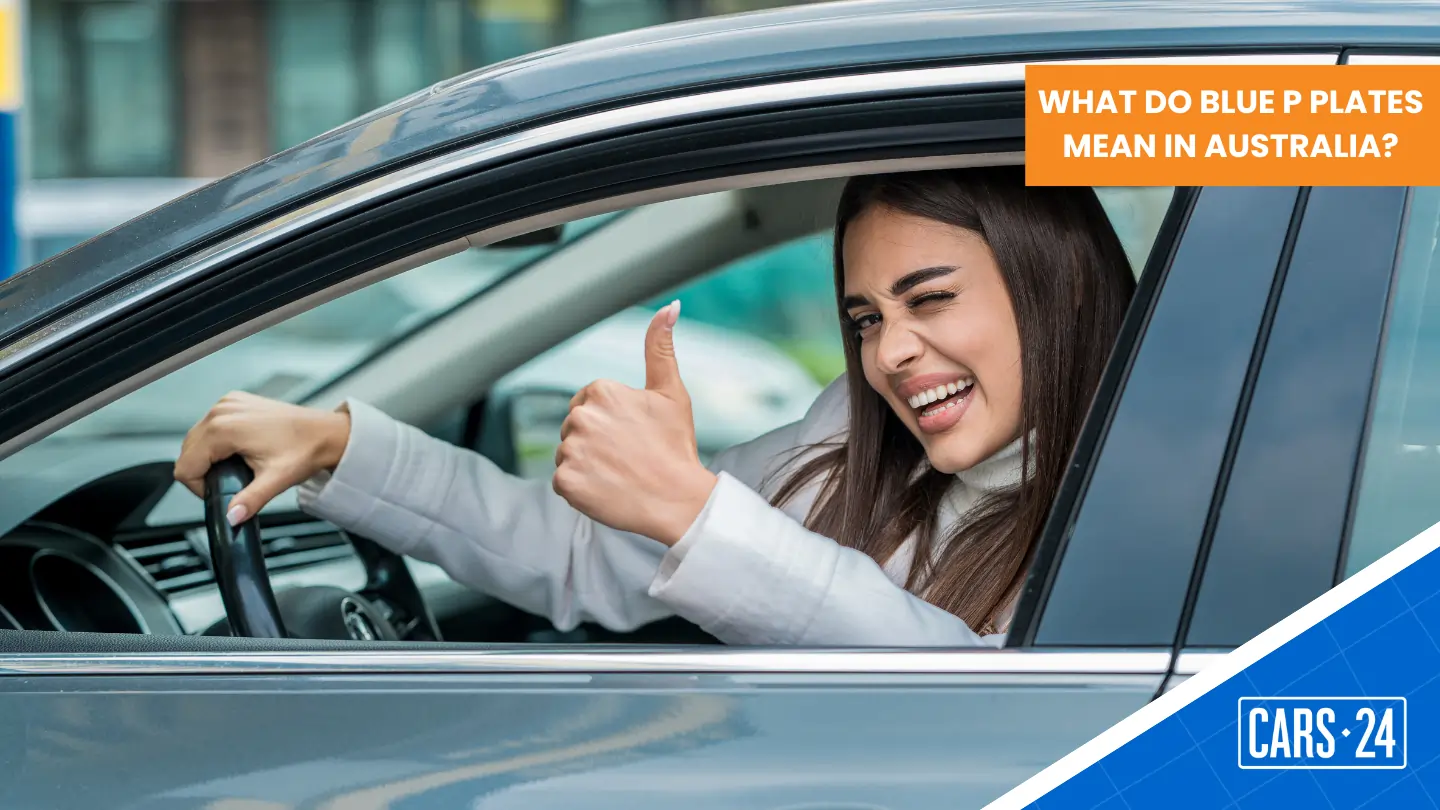If you’re familiar with L plates and the usual red and green P plates, you might have noticed something unusual: blue P plates. But what do they mean? Are they a new legal requirement? A special kind of license perhaps? The short answer: no, and they were outdated some years ago, but they have an interesting history.
What are Blue P plates?

Blue P plates were part of a special initiative called the Blue P Program, designed to help learner drivers and their parents. Unlike red or green P plates, which indicate provisional licence stages, blue P plates were never an official state licence requirement. They were a symbol of extra learning, guidance, and parental support.
How the Blue P plate program worked

The Blue P Program was developed by Sarah Bruce, a former VicRoads licence tester and founder of Drive Skills 4 Life. Its purpose was to help learners complete the mandatory 120 hours of driving experience before progressing to a red P plate.
What set the program apart was its focus on parental involvement. Parents received guidance, checklists, and practical tips to support lessons at home. They could also contact instructors between sessions to discuss areas needing extra attention.
This approach meant learners were not only practising driving but also developing good habits, safety awareness, and confidence, something that professional lessons alone sometimes struggle to achieve.
Why did the program change?

In 2019, the initiative was renamed the Driver Support Program, after concerns that blue P plates could be confused with disabled parking signs. Then the COVID-19 pandemic scaled it back further. Today, the program’s principles are integrated into professional lessons rather than being a purchasable package.
Blue P plates today
No state in Australia currently uses blue P plates. But the concept highlights a key lesson: structured, guided learning with parental involvement creates safer, more confident drivers. It also raises the idea that something similar to R plates for returning drivers could incentivise learners to take defensive driving or hazard perception courses.
Blue P plates may not be on the road, but they serve as a reminder that learning to drive well is about more than just passing a test, it’s about forming safe habits for life.

Comments
New Comment